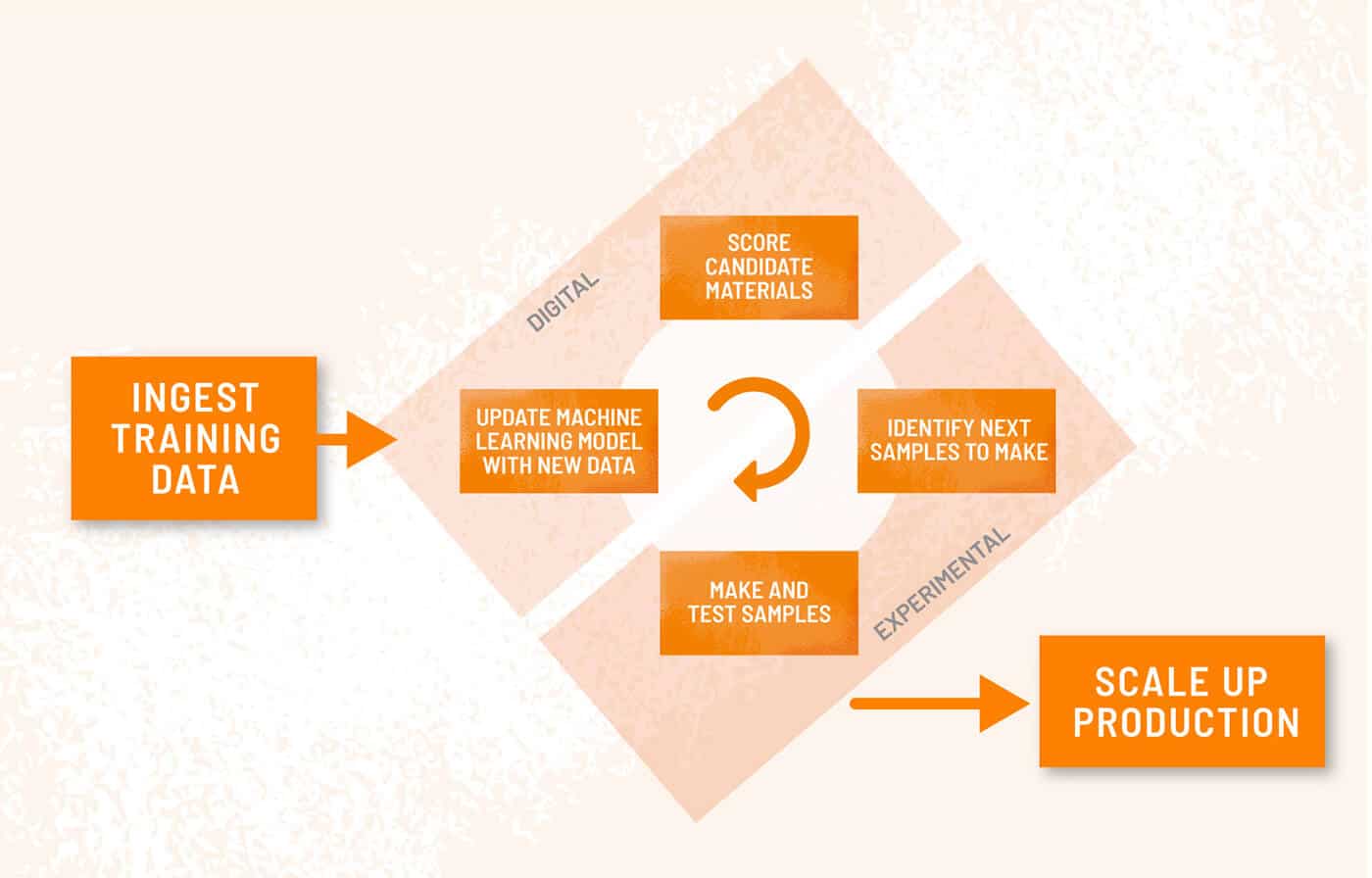

In my experiments with 'Jump!' today, i have been considering how to use subtle imagery that people recognise to invoke a feeling and understanding in the narrative that i am trying to create, i have done this through using propaganda type imagery, dark brooding colour schemes and an apocalyptic visual style.
#Sequential research free
These devices are strong ways to get the ball rolling for an audience who are looking for alternate realities to escape to in their free time and with its popularity as a comic, shows the strength of using historical and cultural references as a starting point for visual styles and narratives. Each of these methods has advantages and disadvantages. Other ways of constructing a research study include surveys, experiments and cross-sectional studies. The fact that the story of Hellboy is embedded in the roots of real history with Mignolas cunning use of Satanic Nazi's and villains from the biblical representation of hell only helps to expand understanding and story telling for the audience, who can relate to the evil that has been embedded in the culture of out modern lives. Sequential, or longitudinal, studies test a single variable on the same individual or group of individuals consistently over a period of time. Accessed September 15, 2022.Hellboys character and adventures are compelling through use of humour, and action.

Sequential Exploratory Mixed Methods: A Case Study Examining Managers’ Support for Wellness Programs SAGE Research Methods Cases: Medicine and Health. Passey, Deborah G."Sequential Exploratory Mixed Methods: A Case Study Examining Managers’ Support for Wellness Programs." SAGE Research Methods Cases: Medicine and Health. Sequential Exploratory Mixed Methods: A Case Study Examining Managers’ Support for Wellness Programs. Passey, Deborah G."Sequential Exploratory Mixed Methods: A Case Study Examining Managers’ Support for Wellness Programs." In SAGE Research Methods Cases: Medicine and Health. In SAGE Research Methods Cases: Medicine and Health. Sequential exploratory mixed methods: A case study examining managers’ support for wellness programs. The qualitative and quantitative data are one way to provide a thorough examination of an emerging research topic and help with the development of an intervention. To conduct a longitudinal design, we start with 20-year-olds. The qualitative and quantitative data informed the content for an online intervention that addressed managers’ barriers and facilitators to supporting wellness programs. Longitudinal design is a research study where a sample of the population is studied at intervals to examine the effects of development. The second phase used the qualitative data to create a quantitative survey that was fielded to managers to collect data that could be integrated with the qualitative data to provide a complete picture. The first phase involved qualitative interviews with managers regarding their beliefs and attitudes toward wellness programs.
#Sequential research full
This case study describes one example of using the Sequential Exploratory design to examine managers’ barriers and facilitators to supporting wellness programs for their employees. Any use of the thesis/research project for private study or research must be properly acknowledged with reference to the works full bibliographic details.

The Sequential Exploratory design involves a first phase of qualitative data collection that is used to inform a second phase of quantitative data collection. This type of mixed method study design is a great choice for emerging research topics, where there is limited research available. The different type of mixed method designs is presented with a close examination of a Sequential Exploratory design. This case study provides an overview of using mixed methods to gain an in-depth understanding of an emerging research topic.


 0 kommentar(er)
0 kommentar(er)
